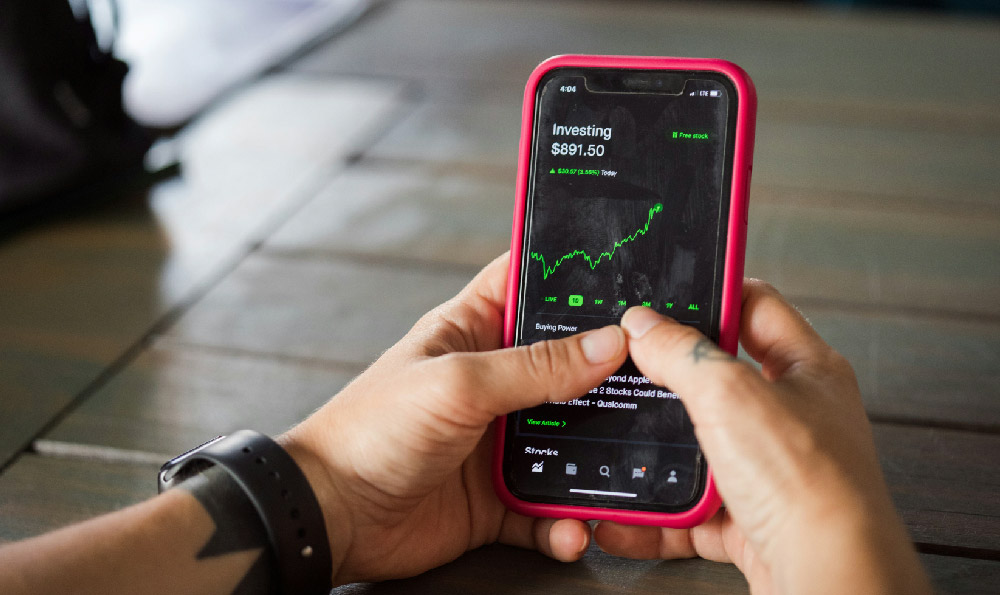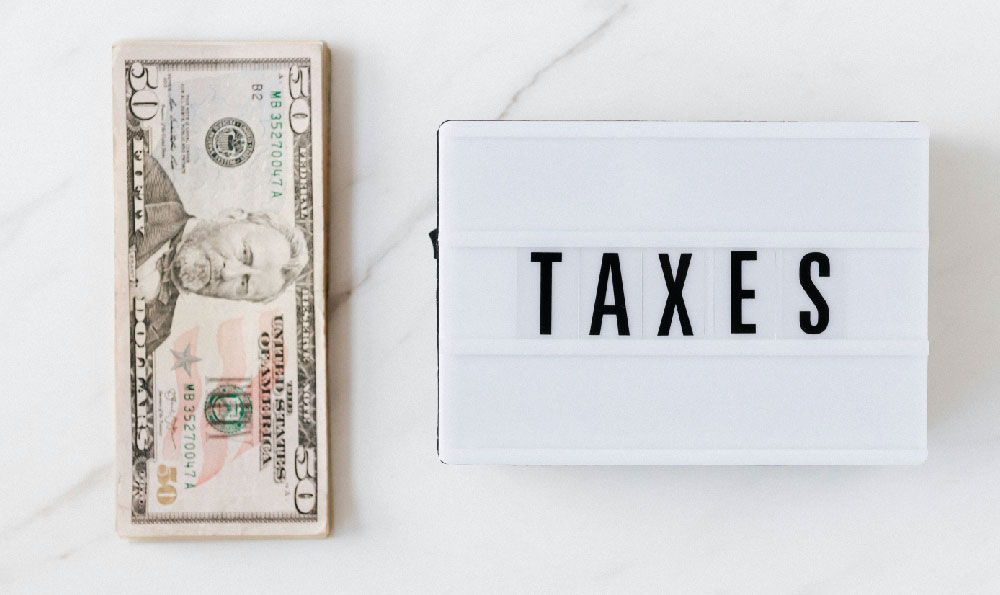Does Driving for Uber Pay Well? Is it Worth It?

Driving for Uber has become a ubiquitous side hustle, a lifeline for some and a stepping stone for others. The allure is simple: be your own boss, set your own hours, and theoretically, earn a decent income. But beneath the surface of this flexible opportunity lies a complex reality that demands careful consideration before jumping behind the wheel. The question of whether driving for Uber pays well, and more importantly, whether it's worth it, is far from a straightforward yes or no.
On the surface, the income potential can appear attractive. Uber often advertises potential earnings that sound enticing, particularly during peak hours or in high-demand areas. However, these figures rarely paint the full picture. Gross earnings – the money you receive before any expenses – are not the same as net earnings, which represent the actual amount you pocket after accounting for the costs of operating a vehicle. This is where the financial equation becomes significantly more nuanced.
The expenses associated with driving for Uber are substantial and often underestimated. The most obvious is fuel. Depending on your vehicle's gas mileage and the price of gasoline, this can eat up a significant portion of your earnings. Beyond fuel, consider the wear and tear on your vehicle. Every mile driven adds to the depreciation of your car's value, requires more frequent maintenance, and increases the likelihood of costly repairs. Oil changes, tire rotations, brake replacements, and unexpected breakdowns all chip away at your potential profits.

Furthermore, insurance is a critical expense. While Uber provides some liability coverage while you're actively engaged in a ride or en route to pick up a passenger, this coverage is often limited. You'll likely need to supplement it with a commercial or rideshare insurance policy to adequately protect yourself. This can be a significant monthly expense, potentially hundreds of dollars, depending on your location and driving history.
Beyond these direct vehicle-related costs, there are other factors to consider. Self-employment taxes are a major consideration. As an independent contractor, you are responsible for paying both the employee and employer portions of Social Security and Medicare taxes, which can significantly increase your tax burden compared to traditional employment. You’ll also need to factor in the cost of maintaining your vehicle's cleanliness, including car washes and detailing. Additionally, you might incur expenses related to providing amenities for passengers, such as bottled water or phone chargers.
Once all expenses are accounted for, the actual hourly wage earned by Uber drivers can vary widely. Some studies and driver surveys suggest that the net hourly earnings, after expenses, can be surprisingly low, sometimes even below minimum wage in certain markets. This is especially true when accounting for the time spent waiting for rides or driving in low-demand areas.
However, the economic equation isn't the only factor to consider when assessing the "worth" of driving for Uber. The flexibility it offers is a major draw for many drivers. The ability to work when you want, for as long as you want, is undeniably appealing, especially for those with unpredictable schedules, students, or individuals seeking supplemental income. This flexibility allows drivers to tailor their work around other commitments, such as family responsibilities, education, or other part-time jobs.
Furthermore, some drivers genuinely enjoy the social interaction that comes with driving for Uber. They appreciate meeting new people, exploring their city, and providing a valuable service to their community. The sense of autonomy and control over their work can also be empowering. For some, these non-monetary benefits outweigh the relatively modest financial compensation.
The profitability of driving for Uber also depends heavily on location and timing. Densely populated urban areas with high demand for rides are generally more lucrative than suburban or rural areas. Driving during peak hours, such as rush hour commutes, weekend nights, or special events, can significantly increase earnings. Understanding local market dynamics and strategically targeting these high-demand periods is crucial for maximizing income.
Furthermore, Uber's algorithm and pricing structure play a significant role in driver earnings. Surge pricing, which increases fares during periods of high demand, can be a boon for drivers. However, Uber also takes a commission from each fare, which can impact profitability. The company frequently adjusts its pricing structure, and drivers need to stay informed about these changes to understand their earning potential.
Ultimately, the decision of whether driving for Uber pays well and is worth it is a personal one that depends on individual circumstances, priorities, and financial needs. Before signing up, it's crucial to conduct thorough research, carefully analyze the potential costs and earnings in your specific market, and realistically assess the demands of the job. Consider factors such as your vehicle's fuel efficiency, insurance costs, maintenance expenses, and self-employment tax obligations.
If you are considering driving for Uber as a primary source of income, it's essential to develop a detailed budget and track your expenses meticulously. This will allow you to accurately assess your profitability and make informed decisions about your driving strategy. It's also wise to explore other income-generating opportunities to diversify your income streams and reduce your reliance on Uber.
In conclusion, driving for Uber can be a viable option for those seeking flexible part-time income or a way to supplement their existing earnings. However, it's not a guaranteed path to riches. Success requires careful planning, strategic decision-making, and a realistic understanding of the financial realities. Weighing the financial benefits against the non-monetary advantages, such as flexibility and autonomy, is essential for determining whether it's truly a worthwhile endeavor. Only then can you make an informed decision about whether to hit the road and join the ranks of Uber drivers.















